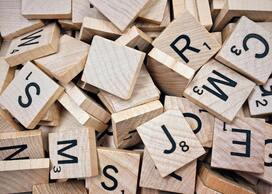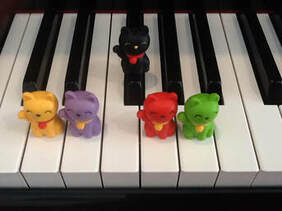
This worksheet is a great way to help students quickly identify and draw musical symbols, as well as to get more practice counting measure numbers in their music.
Download your free PDF copy by clicking HERE or on the image. Happy hunting!
 Looking for a fast review idea for your next lesson? Try this quick and easy musical symbol scavenger hunt! This worksheet is a great way to help students quickly identify and draw musical symbols, as well as to get more practice counting measure numbers in their music. Download your free PDF copy by clicking HERE or on the image. Happy hunting!
0 Comments
 Summer is a great time to think outside of the box as you lesson plan! Flexibility with your lesson plans in the summer is also key, since students are often taking more sporadic lessons due to summer vacations, camps, sports, and other activities. Over the past few weeks, I have been sharing a series of fun lesson plans that are perfect for busy students (and teachers) this summer! Each lesson plan includes links to FREE worksheets and activities that can be completed in the space of a 30 minute lesson. Lesson Plan #4 is a special one, because it is a lesson plan with no piano required! If you have students traveling this summer who want to keep up their skills, or a super-dedicated student who wants to Zoom in for a lesson while on vacation, this is the lesson plan for you! Keep reading to learn more....  If you have read my past blog posts, you know I am a big fan of "gamifying" my lessons! I've blogged previously about how I use puzzle erasers and dice to spice up review activities with my students. Today, I am sharing a few ideas for musical activities you can do using a common board game you probably have in your closet right now. Keep reading for 10 fun ways you can use Scrabble tiles in your next lesson!  I have blogged before about my love of puzzle erasers! These inexpensive teaching tools give you lots of bang for your buck since they can be used to enhance your lessons in so many ways. They also come in a variety of fun shapes, so you are sure to find one your students will love (as you can see, we are partial to cats in my studio). Keep reading to check out my top ten ways to use puzzle erasers in your next lesson! |
AuthorChrissy Ricker is a pianist, teacher, and composer from North Carolina. These are her thoughts on teaching, composing, and all things music. Looking for teaching ideas related to a specific topic? Use the "search" feature or scroll down to see blog posts organized by category!
Archives
July 2024
Categories
All
|